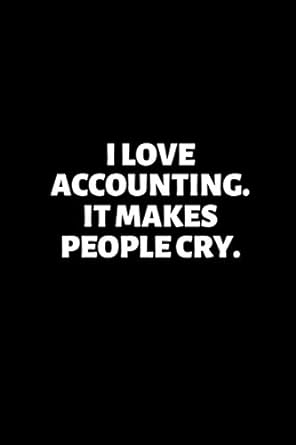Question
Just one, John saidand its only an idea that you might want to pitch to the management team along with these other changes. We have
Just one, John saidand its only an idea that you might want to pitch to the management
team along with these other changes. We have used the percent of accounts receivable method to
calculate our Allowance for Bad Debt for several years. But we dont have to use that method.
What do you mean?Elsa asked. Isnt the percent of accounts receivable method one of the
best ways to calculate the Allowance?
Technically, yes, it is. However, we recently hired a new credit manager who has improved
our collections and tightened our credit policy for new customers. Because of these improvements,
we might not have to use the percent of accounts receivable method. Instead, we could switch back
to the percent of sales method that we used previously. By switching from using 12 percent of
accounts receivable to 2 percent of credit sales, we would reduce our allowance for bad debts
and our bad debt expense. That would offset some of these negative changes we have just discussed.
What were credit sales for the year? Simon asked.
About $1.25 million, and accounts receivable had an ending balance of $600,000 after we
wrote off $30,000 of uncollectible accounts. We wrote off almost $50,000 the year before, so our
collections really have improved. Honestly, I dont think that wed lose information quality by
switching methods. We dont really have to use any specific method for estimating bad debt
expense. I think we could make a case for the more relaxed estimation method, and I think the
positive effect of the change on net income might help the management team accept some of these
other adjustments. Elsa jumped in.
I dont see any problem with that. Simon frowned.
Im not sure I like the idea of changing methods solely to offset the negative
effects of these other adjustments. But go ahead and calculate how switching methods would affect
our bad debt expense. Well meet again tomorrow morning, after Ive talked with Jane and Doug
about how to handle these issues.
| Estimate 1 | Estimate 2 | |
| Current Sales Price | $750 | $600 |
| Historical Cost | $850 | $850 |
| Replacement Cost | $700 | $500 |
| Disposal Cost | $65 | $70 |
| Typical Markup | $200 | $175 |
| Units in Inventory | 62 | 62 |
a. Based on the information provided in the take, calculate the write-down that would be necessary using the first set of assumptions.
b. Based on the information provided in the table claculate the write-down that would be necessary using the second set of assumptions.
c. Assuming that Frosty Co.'s management team decided to use the fist set of estimates, what correcting entries wouldd need to be made to write down inventory? (assume that Frosty Co. uses the direct write-off method)
d. What correcting entries would need to be made to write down inventory if the team decided to use the second set of estimates?
e. What would be the net effect of each of these inventory adjustments on net income? what would be the net effect on EPS?
Step by Step Solution
There are 3 Steps involved in it
Step: 1

Get Instant Access to Expert-Tailored Solutions
See step-by-step solutions with expert insights and AI powered tools for academic success
Step: 2

Step: 3

Ace Your Homework with AI
Get the answers you need in no time with our AI-driven, step-by-step assistance
Get Started


